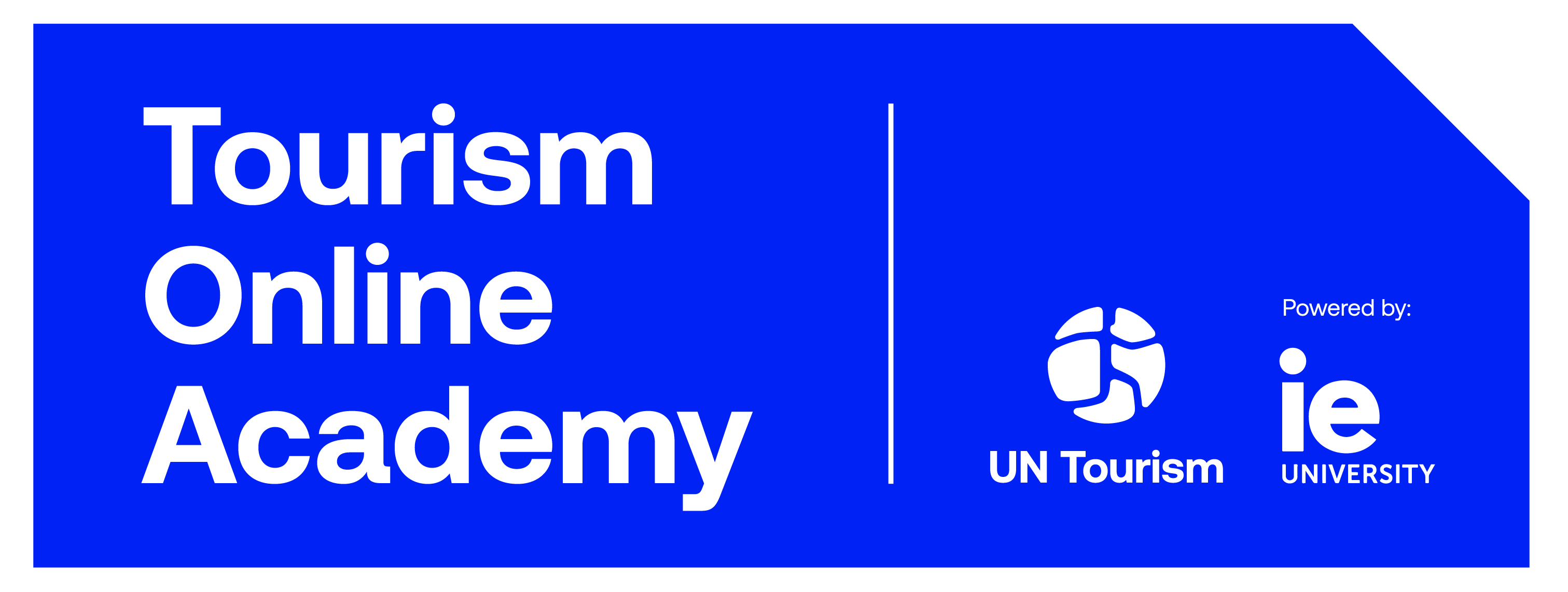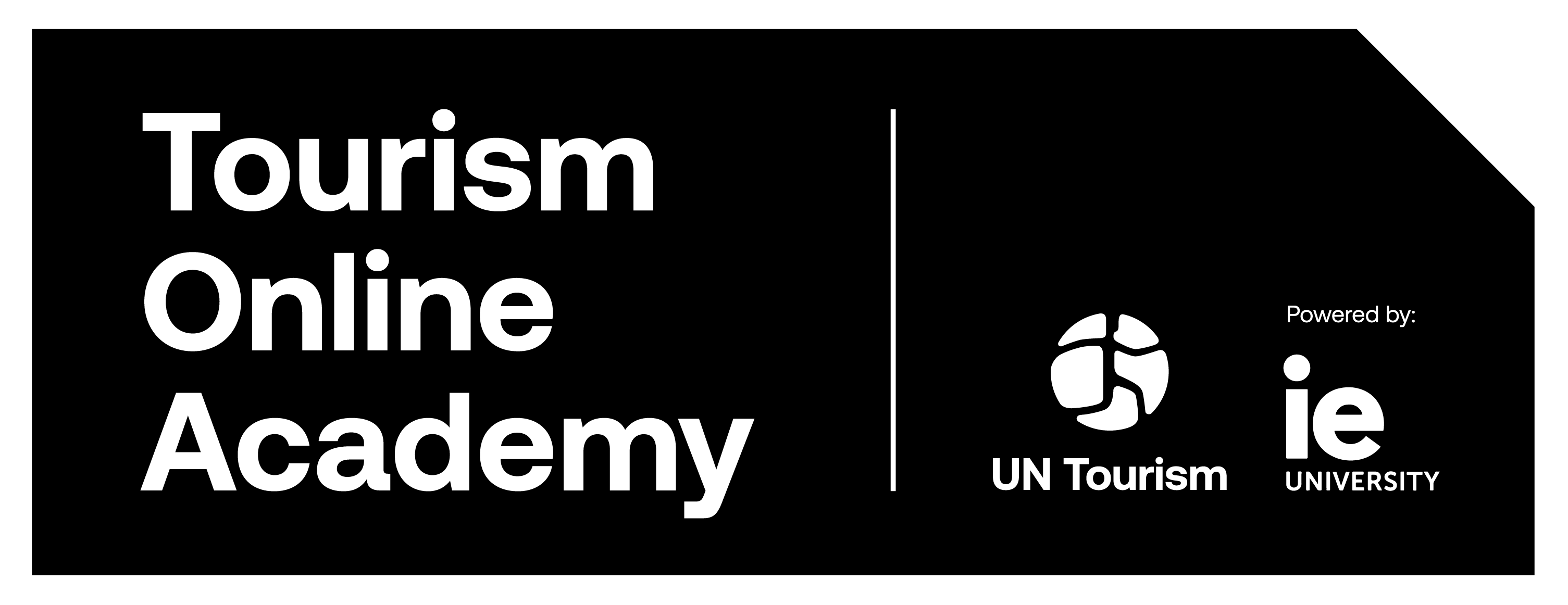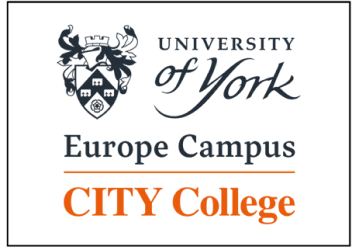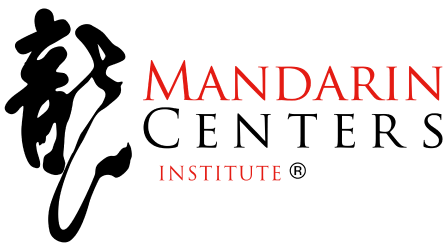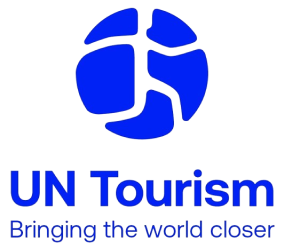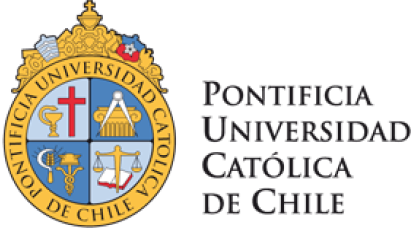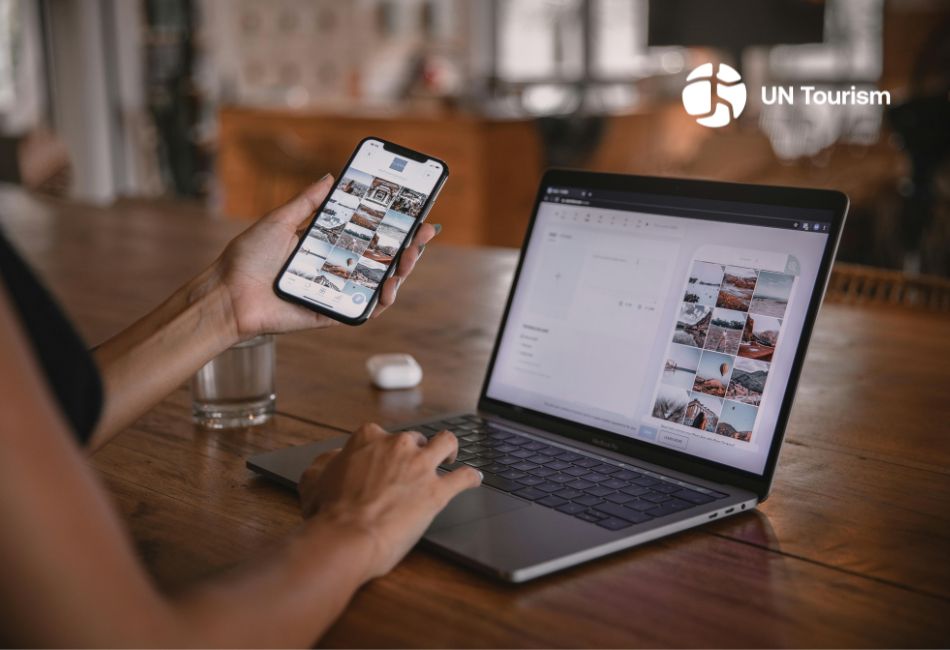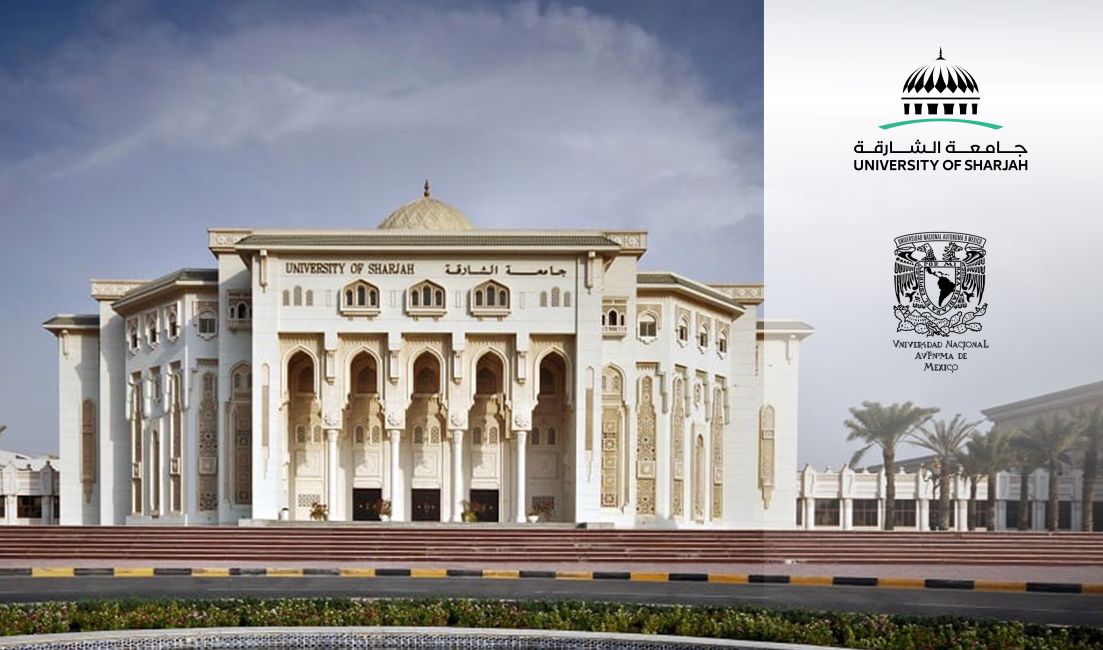Tourism has evolved hand-in-hand with changing technology, communications and marketing practices.
While in 1950 the world welcomed 25 million international tourists, according to UNWTO data, by 2019 this had increased to 1.5 billion.
The massive increase in the number of people joining the middle classes globally, along with the falling cost of travelling, the emergence of low-cost airlines, and the rise of the internet and its impact on both social interactions and business models, are among the main factors behind the increase in tourist numbers.
- Thanks to the internet, almost everyone can easily buy a plane or train ticket, often at a low cost.
- The creation of new companies and market niches help consumers access travel in a more efficient and simple way, eliminating third parties. Travel agencies are being left in the background because of this.
- New accommodation and transportation platforms have also increased levels of competition and lowered costs for tourists.
So, what was seen as a luxury available to just a small few in 1950 had by 2020 become an achievable aspiration for a large number of people in every part of the world.
While the situation for tourism in 2021 is characterized by its response to the COVID-19 pandemic, the sector continues to adapt in order to restart and grow back stronger and more sustainably.
